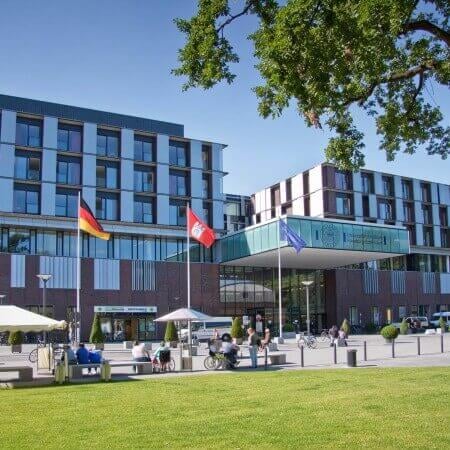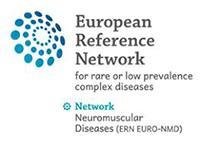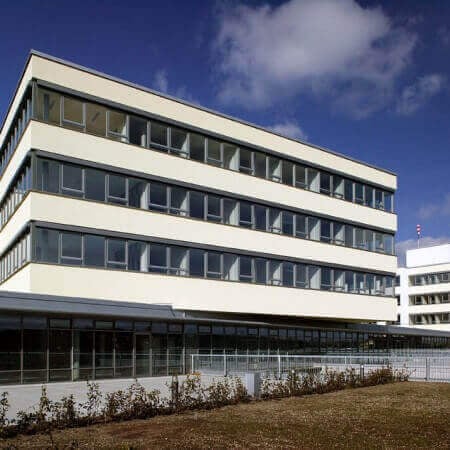About the disease
Gastric malt lymphoma develops in the mucosa, which is the tissue that connects the nose, mouth, lungs and the whole digestive tract. Lymphoma is cancer of the white blood cells, which normally help the body to fight infections. Gastric malt lymphoma, which is also known as MALT, occurs in the B-cells, but grows outside the major lymph nodes. Gastric malt lymphoma is a subtype of non-Hodgkin lymphoma and accounts for 8% of all cases of non-Hodgkin disease. It usually develops as a result of serious autoimmune diseases, such as Hashimoto's thyroiditis or Sjögren's syndrome. It is most often found in the stomach, but it can also be diagnosed in the salivary glands, thyroid gland and even in the area around the eyes. According to LymphomaAssociation.org.uk, gastric malt lymphoma accounts for a third of all cases of this disease. It rarely spreads to other organs and has the tendency to accumulate in one place. Gastric malt lymphoma develops very slowly, which increases the patient's chances of recovery, and it is most common in people older than 60.
Symptoms
- Indigestion
- Heartburn
- Nausea
- Abdominal pain
- Shortness of breath
- Fatigue
- Vomiting
Overall, gastric malt lymphoma responds well to treatment, with the majority of people recovering from it.
Diagnosis
In order to diagnose gastric malt lymphoma, doctors usually perform a biopsy to examine the stomach lining. It is also useful for distinguishing between MALT and stomach cancer, which has similar symptoms.
- Infection tests are essential, as infections are the most common cause of MALT.
- A blood test determines the number of lymphocytes in the blood.
- An endoscopy can give the doctor a more precise image of the stomach. It is usually performed with a small flexible tube, equipped with a camera.
Treatment
- Infection eradication is the first treatment option for people with MALT. Eradicating the cause of the disease has been known to also eradicate the disease itself. Such eradication therapy includes antibiotic and anti-virus treatment.
- Chemotherapy is usually prescribed if MALT is located in more than one place. It uses cytotoxic drugs to kill the malignant B-cells and is used in small doses when treating MALT.
- Resection, whereby the affected part of the stomach is surgically removed, to prevent lymphoma from spreading further.
The suitability of each treatment is something that you will need to discuss with a doctor.
Authors:
This article was edited by medical experts, board-certified doctors Dr. Nadezhda Ivanisova, and Dr. Bohdan Mykhalniuk. For the treatment of the conditions referred to in the article, you must consult a doctor; the information in the article is not intended for self-medication!
Our editorial policy, which details our commitment to accuracy and transparency, is available here. Click this link to review our policies.




















